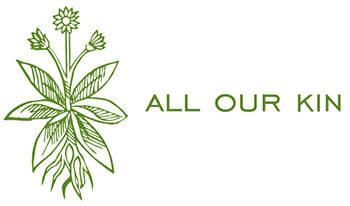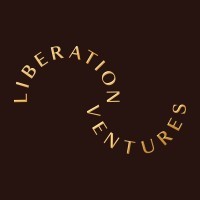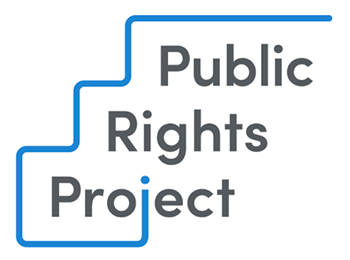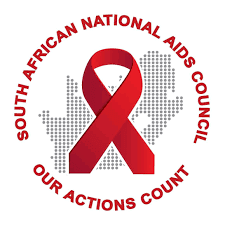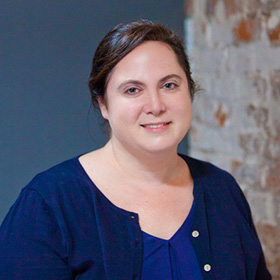Field Building for Equitable Systems Change
An approach to transforming systems for equitable, population-level impact
More funders are recognizing that to achieve the impact they want, it is critical to focus on systems change, or shifts in the structures and dynamics at the heart of society’s most intractable problems. History shows that one way to accomplish this change is through what we call field building, which involves taking a field- or ecosystem-level view of a problem and funding activities that drive a field’s progress toward equitable impact at scale. This kind of work is often driven by organizations we call field catalysts.
Through field building—and related concepts such as ecosystem development, collective social innovation, system orchestration, collective action, and network weaving—funders and field catalysts can make important contributions to unlocking population-level impact and achieving equitable systems change.
A Growing Community
Bridgespan is part of a growing community of organizations shining a light on collective approaches like field building and the work of field catalysts to drive durable systemic change and population-level impact. There are multiple names for similar work and many other exciting research efforts and initiatives, including collective action, systems orchestration, collective social innovation, and impact networks. Please visit our list of additional resources as we invite you to continue your exploration into field building.
What is Field Building?
Field Building for Population-Level Change
This report, based on an analysis of more than three dozen different social change fields, includes a field progression framework that describes how fields move toward impact at scale, five observable characteristics of fields, opportunities for philanthropy to participate in field building, and many examples.
Field Diagnostic Tool: Assessing a Field’s Progression
This tool helps diagnose the state of problem-based fields, such as unintended teen pregnancy prevention, and charts five characteristics that mark progress across the three phases of field development: Emerging, Forming, Evolving and Sustaining. (Since publishing the piece above in 2020, we have continued to learn and refine our insights. This includes developing an updated field characteristic framework with a sixth field characteristic: Public Sector Systems. The new framework clarifies how the characteristics intersect, their value propositions, and their roles in assessing a field's progression. You can download a slide of all six characteristics.)
What are Field Catalysts?
How Field Catalysts Galvanize Social Change
No single organization or strategy can solve complex social challenges at scale, regardless of how large or sucsessful. Instead, organizations need to work collaboratively to tackle pressing problems. This article describes how field catalysts—organizations built to serve as hubs for spokes of advocacy and action and to guide stakeholders toward a goal—help summon sufficient resources to create wide-scale change.
How Philanthropy Can Support Systems-Change Leaders
This is a deeper dive into the distinctive assets field catalysts bring to equitable systems change work and the roles they play. The accompanying due-diligence guide helps funders more clearly see how field catalyst assets manifest in potential grantees.
Funding Field Catalysts from Origins to Revolutionizing the World
Written in collaboration with the Skoll Foundation, this report draws from survey and interview data from more than 100 field catalysts and uncovers a striking data point: nearly 90 percent of field catalysts believe they would achieve their systems-change goals within just two decades if provided the necessary resources and consistent support. The piece explores respondents’ experiences and discusses how philanthropy can fuel their success as a driver of systemic change through financial and nonfinancial means.
Field Catalyst Origin Stories: Lessons for Systems-Change Leaders
This piece is for nonprofit/NGO leaders, in particular, field catalysts and those aspiring to take on field catalyst roles. It explores the highest priority challenges (i.e., funding, talent, finding balance between competing demands, and measuring success), as well as the promising practices these leaders are deploying to address them and make progress in their work toward equitable systems change.
An Inside Look at the Partnership Between Funders and Field Catalysts
Philanthropists get tremendous bang for their buck when they fund field catalysts, organizations that mobilize myriad actors to achieve a shared goal. The relationships often go deeper. This article looks how Student Experience Research Network (SERN), an education field catalyst, worked arm-in-arm with key funders to build knowledge on systems change in education. When the funders worked in partnership with SERN, they built a lasting understanding of how viewing through a new lens can drive change on a seemingly intractable problem.
How to Measure, Evaluate, and Learn
What Philanthropists Can Learn from Field Catalysts About Measuring Progress on Systems Change
 How to perform impact measurement is the most frequently named barrier to philanthropy investing in field building and field catalysts. This piece is written for philanthropic decision makers and presents funders with three pieces of advice to address measurement challenges.
How to perform impact measurement is the most frequently named barrier to philanthropy investing in field building and field catalysts. This piece is written for philanthropic decision makers and presents funders with three pieces of advice to address measurement challenges.
Measurement, Evaluation, and Learning: A Guide for Field Catalysts
This guide for field catalysts describes measurement, learning, and evaluation approaches that can help them assess progress against organization- and field-level outcomes and communicate their impact to funders.


